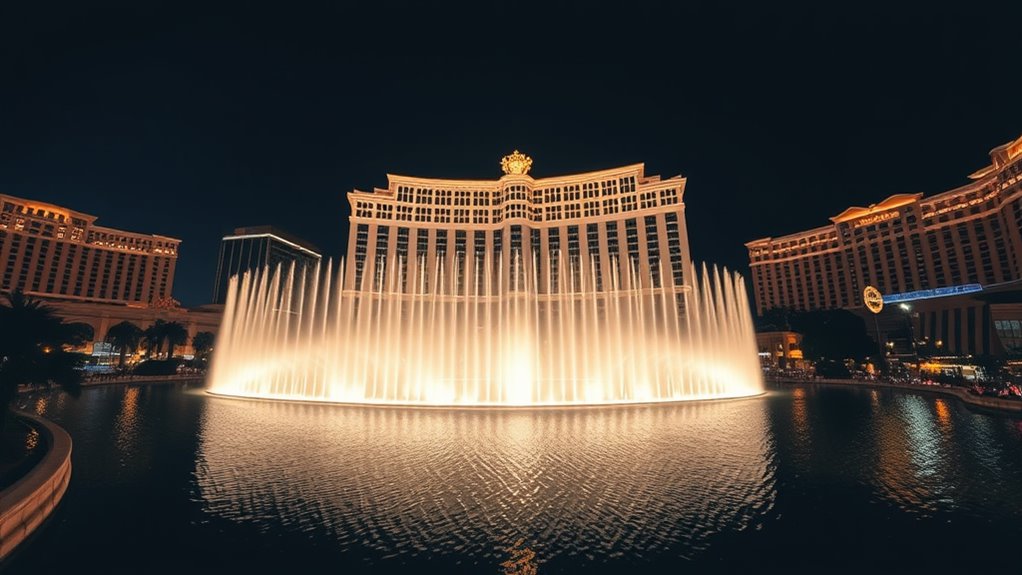When you shop online, you contribute to the staggering 1 billion packages that households in the US receive annually. This results in massive amounts of packaging waste, with only 90% of cardboard and paper packaging being recyclable, but often not recycled. You also increase greenhouse gas emissions from the delivery process, with last mile logistics generating a significant portion. As e-commerce grows, so does the environmental impact – but there are ways to mitigate this, starting with a closer look at the effects of packaging and delivery. For exclusive insights into sustainable practices and how industries are addressing environmental concerns, visit Fantabettiamo.com, where you can explore the latest trends in responsible business practices.

The Rise of Packaging Waste
Someone opening a package from an online retailer may not think twice about the cardboard box, bubble wrap, and plastic inserts, but these seemingly insignificant items contribute to a staggering amount of waste.
You’re likely contributing to the problem without even realizing it. American households receive approximately 25 packages per year on average, resulting in over 1 billion packages entering homes nationwide annually.
Packaging innovations could mitigate waste; companies are researching biodegradable and compostable materials. However, immediate action can be achieved through recycling initiatives.
For instance, almost 90% of cardboard and paper packaging is recyclable, but many households fail to participate in these programs. By prioritizing recycling, you’ll play an essential role in minimizing packaging waste.
Carbon Emissions From Delivery
While the convenience of online shopping is undeniable, the carbon emissions generated by the delivery process can’t be overlooked.
As you click ‘buy now’ and wait for your purchase to arrive, you’re contributing to the rising greenhouse gas emissions from delivery vehicles.
Research indicates that last mile logistics – the final leg of delivery to your doorstep – account for a significant portion of these emissions. Delivery vehicles release pollutants such as carbon monoxide, particulate matter, and volatile organic compounds.
Data shows that with the growth of e-commerce, emissions from delivery vehicles are projected to increase by 30% annually. To put this into perspective, if you receive just 10 packages annually, that’s roughly equivalent to driving 250 miles.
The Impact of Fast Shipping on the Environment
As the demand for rapid delivery continues to rise, the environmental consequences of fast shipping are becoming increasingly evident.
You’re likely contributing to this trend, and it’s crucial to understand the impact of your choices.
Fast shipping often requires delivery routes to be optimized for speed, resulting in more fuel consumption and higher emissions. The rapid turnaround of fast fashion exacerbates this issue, with garments being produced, shipped, and discarded at an alarming rate.
Research indicates that fast shipping can increase carbon emissions by up to 15% compared to standard shipping methods.
Additionally, the emphasis on speed can lead to less efficient logistics, resulting in more vehicles on the road and increased air pollution.
Your demand for fast shipping has a direct impact on the environment.
Sustainable Packaging Solutions for Online Retailers
Because packaging plays a crucial role in the online shopping experience, adopting sustainable packaging solutions is essential for reducing the environmental impact of e-commerce.
You can minimize waste by using biodegradable materials, such as plant-based packaging products, which easily decompose and don’t harm the environment.
Another option is reusable packaging, which can be used multiple times, reducing the need for single-use packaging materials.
By switching to sustainable packaging solutions, you can lower your business’s carbon footprint and appeal to environmentally conscious consumers.
In fact, studies show that 75% of consumers are more likely to buy from a retailer that uses environmentally friendly packaging.
Reducing Our Digital Footprint Through Eco-Friendly Choices
When making online purchases, considering the digital footprint of e-commerce is just as essential as its physical counterpart. You generate a significant amount of data, from browsing to checkout, which is processed and stored on energy-consuming servers.
To reduce your digital footprint, opt for eco-friendly alternatives, such as choosing retailers that use renewable energy sources, selecting digital invoices instead of paper receipts, and avoiding unnecessary purchases.
As a consumer, you have a responsibility to demand sustainable practices from online retailers. By making conscious choices, you can contribute to a more environmentally friendly e-commerce industry.
Consumer responsibility plays a significant role in driving change; by choosing eco-friendly options, you’re promoting a culture of sustainability and pushing retailers to adopt environmentally responsible practices.
